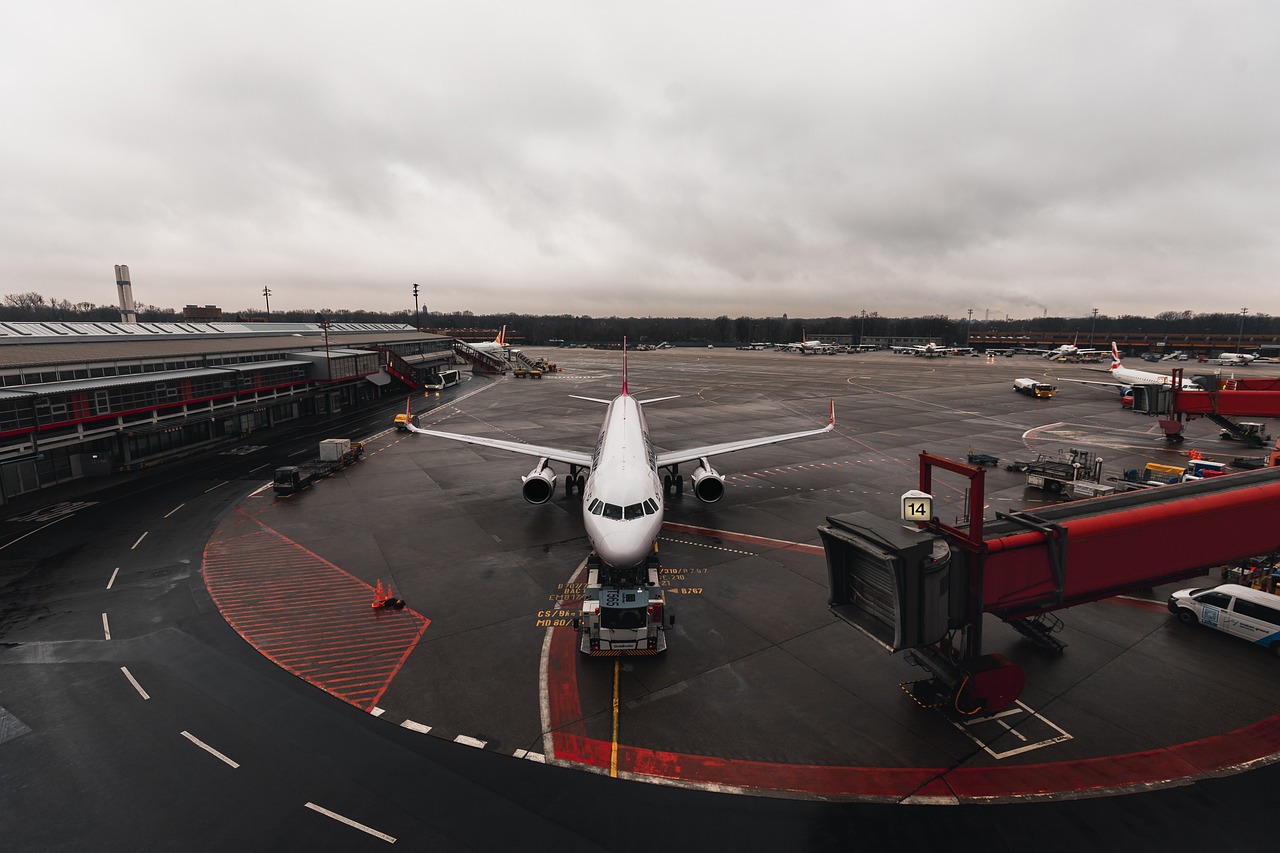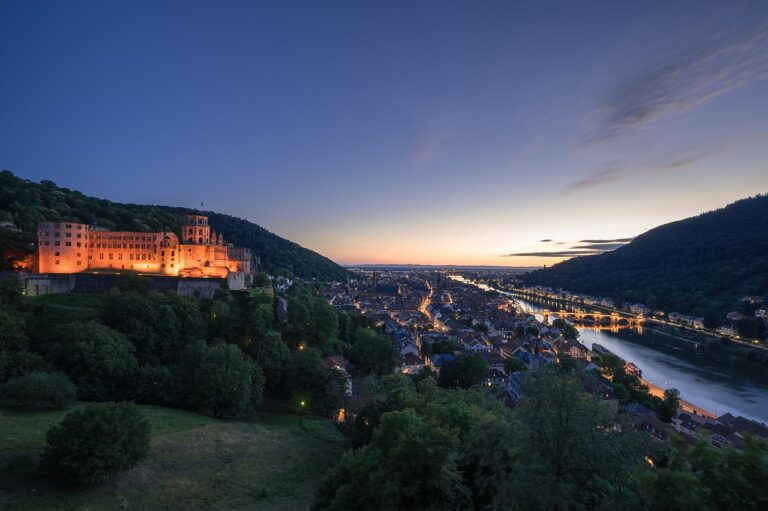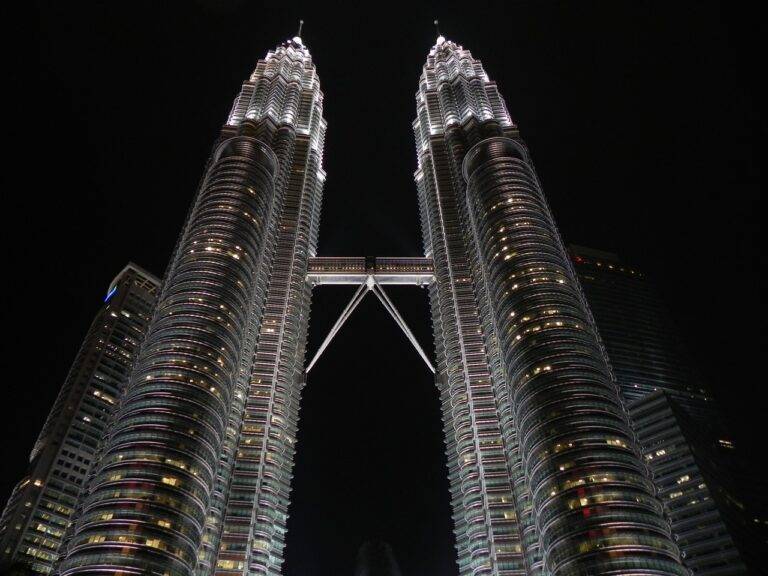The Impact of Over-Tourism on Local Communities and Natural Environments
Over-tourism has become a growing concern in popular travel destinations around the world. With the rise of budget airlines and online booking platforms, more and more people are flocking to places that were once considered hidden gems. The influx of tourists can often lead to overcrowding, environmental degradation, and a loss of authentic cultural experiences for both visitors and locals.
The concept of over-tourism is not just about the sheer number of tourists visiting a destination but also about the strain it puts on the local infrastructure and resources. From increased traffic congestion to overflowing waste management systems, the strain on a destination’s resources can have lasting negative impacts on the environment and the quality of life for residents. As cities and towns struggle to accommodate the influx of visitors, the delicate balance between tourism and sustainability becomes increasingly difficult to maintain.
Understanding the negative effects on local communities
Over-tourism poses significant challenges to local communities in popular travel destinations. As the influx of visitors increases, residents often face overcrowding, higher costs of living, and a loss of traditional culture. The pressure on housing markets and infrastructure can lead to gentrification and displacement of local residents, resulting in social tensions and community fragmentation.
The strain on infrastructure and resources
The influx of tourists to popular destinations can put significant pressure on the existing infrastructure and resources of a community. Local roads and transportation systems often become congested, causing delays for both residents and visitors alike. Additionally, the increased demand for accommodations strains the housing market, leading to rising prices and displacing local residents.
Furthermore, the higher footfall in tourist hotspots puts a burden on essential services such as waste management, water supply, and sewage facilities. The infrastructure may not be equipped to handle the sudden surge in usage, leading to environmental degradation and sanitation issues. These challenges not only impact the quality of life for residents but also jeopardize the sustainability of the destination in the long run.
What is over-tourism?
Over-tourism refers to the phenomenon where a destination becomes overwhelmed by an excessive number of tourists, causing strain on the local infrastructure and resources.
How does over-tourism affect local communities?
Over-tourism can have negative effects on local communities, such as increased cost of living, loss of cultural authenticity, and displacement of residents.
What are some examples of strains on infrastructure and resources caused by over-tourism?
Examples of strains on infrastructure and resources include overcrowded public transportation, increased waste and pollution, and depletion of natural resources like water.
How can over-tourism be addressed?
Over-tourism can be addressed through sustainable tourism practices, such as implementing visitor caps, promoting off-peak travel, and investing in infrastructure improvements.
What role do local governments play in managing over-tourism?
Local governments play a crucial role in managing over-tourism by implementing regulations, enforcing sustainability practices, and working with stakeholders to find solutions to the strain on infrastructure and resources.





